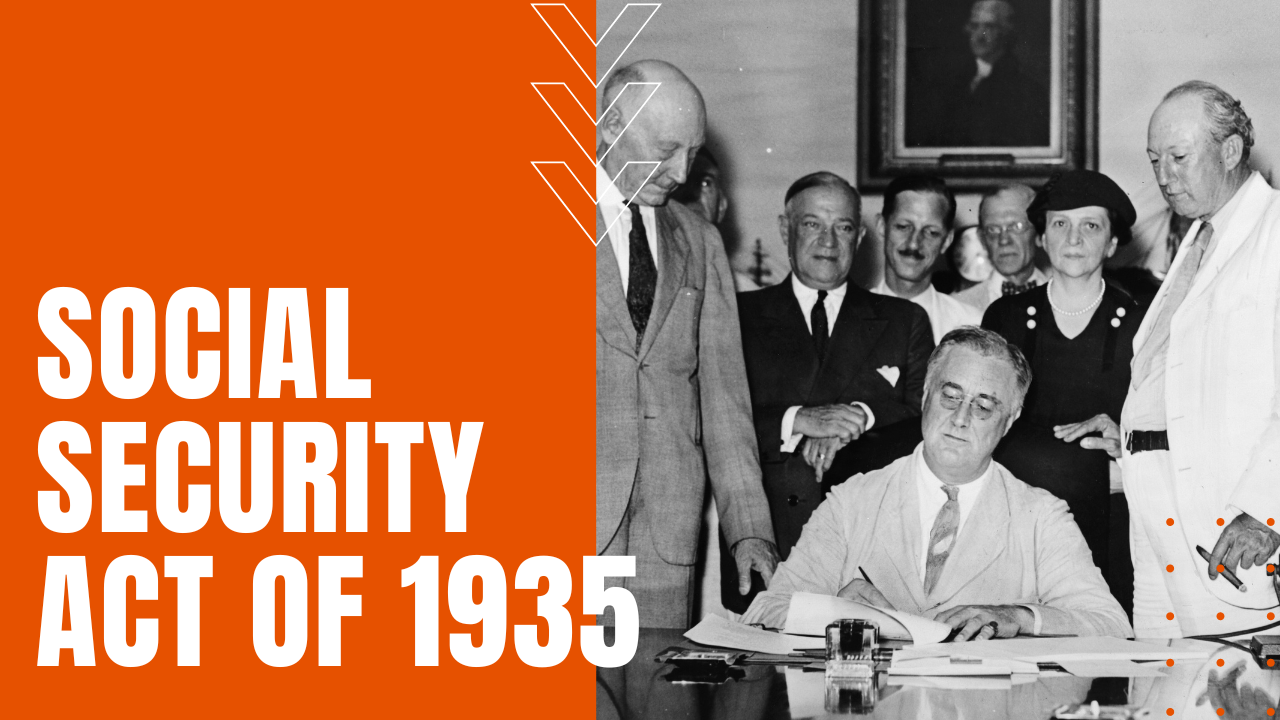Social Security Act of 1935

Prior to the Industrial Revolution, elder care and support was generally provided by family and friends within largely agrarian societies, while early in the 17th century, Great Britain established “poor laws,” which was the first time that a government acknowledged its responsibility to the elderly, the disabled and the less fortunate of her citizens.
Rooted in England’s Poor Laws
After the Pilgrims brought England’s poor laws with them into the New World, the first major American public assistance programs began during the Civil War, making payments to hundreds of thousands of disabled veterans or their widows and orphans left behind by a veterans ultimate sacrifice. Beginning in the 1870s, the Industrial Revolution dramatically reshaped the American landscape, enticing many to leave family farms for expanding job opportunities available within industrialized cities.
Improved Life Span and Infrastructure
While rising urbanization ushered in improved sanitation, increased life expectancy and affluence for many Americans, the divide separating the elderly, the disabled and the less fortunate became much more apparent, while the Great Depression left millions of Americans unemployed, under fed and desperate for outside help.
Enter FDR’s New Deal
That all changed when President Franklin D. Roosevelt implemented his New Deal policies intended to offer a hand up to struggling Americans, including the Social Security Act of 1935. Borrowing a concept first employed in Europe, FDR proposed a system in which working-age Americans contributed part of their income into a payroll tax maintained by their employer, setting in motion a perpetual means of compensation to the retired generation of workers who came before them.
Signed into Law
After a period of heated debate in both houses of Congress, FDR signed the Social Security Act into law on August 14th, 1935, which in turn created a retirement pension program, an unemployment insurance program funded by employers, health insurance for people experiencing temporary financial distress, financial aid for widows with children and financial assistant to disabled individuals.
Millions Enroll
A little more than a week after its rollout, more than a million Americans had enrolled in the program, receiving Social Security cards that bore their unique Social Security number, while four months later, 26 million Americans now used their Social Security numbers to track their earnings and accrued benefits, making the Social Security Act, an ongoing safety net for Americans everywhere.
